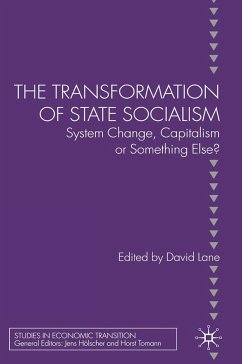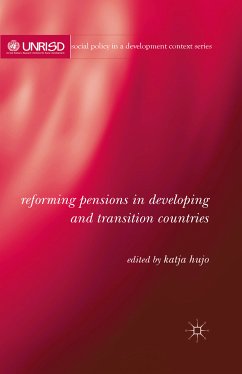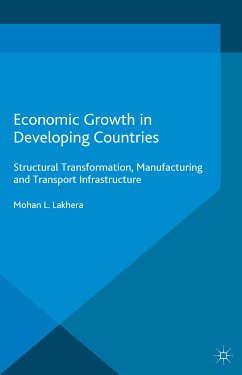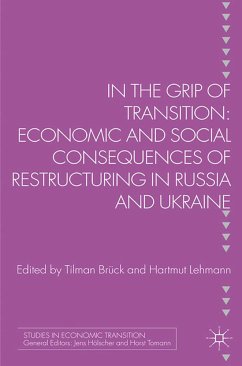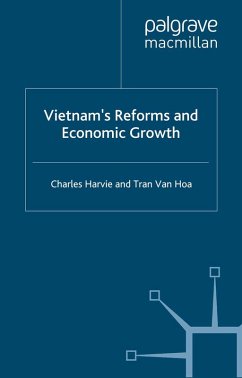
The Successes and Failures of Economic Transition (eBook, PDF)
The European Experience
Versandkostenfrei!
Sofort per Download lieferbar
72,95 €
inkl. MwSt.
Weitere Ausgaben:

PAYBACK Punkte
36 °P sammeln!
This book takes a macroeconomic approach to the issue of transformation from communist economies into market economies. At the centre of the analysis stands the role of the state and the definition within a dramatically changing environment. Particular emphasis is given to the emerging role of money and the financial sector.
Dieser Download kann aus rechtlichen Gründen nur mit Rechnungsadresse in A, B, BG, CY, CZ, D, DK, EW, E, FIN, F, GR, HR, H, IRL, I, LT, L, LR, M, NL, PL, P, R, S, SLO, SK ausgeliefert werden.




